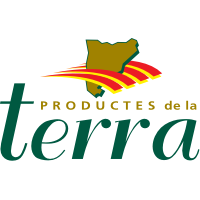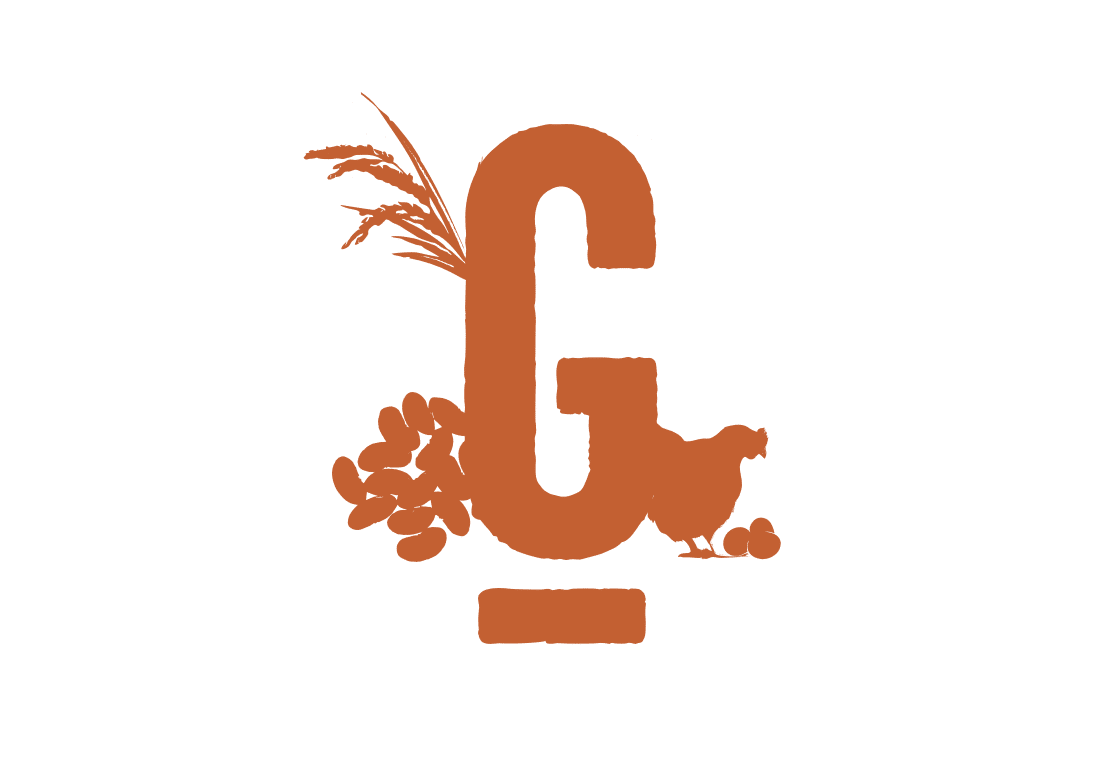Osona buffet Potato
This dryland tuber seems to have reached Osona through the importation of a variety commonly grown in French Brittany, the Institut Beauvis, which would explain its current name 'buffet'. Lately, a group of producers and a city council have revitalized their production in the region.
Traditional in the region of Osona, and considered originally from French Brittany, the buffet is a late rainfed potato, recovered as a product of the land, above all, thanks to the Buffet Potato Market in the town of Orís.
Of unequal sizes, quite booty and with eyes that must be removed, it is a product of high quality and easy to preserve if we keep it away from light, humidity and cold. The potato of the buffet has two varieties: the white, with an intense white pulp, adapts to short cooking operations (especially fried). Red, on the other hand, is ideal for long-cooking operations such as stew or stew. Both have skin that is difficult to peel, but the result is worth it. To maintain its quality, peel cooking is recommended to maintain its quality, especially when making purees and traditional creams.
Season calendar
- GEN
- Feb
- Sea
- Apr
- Never
- JUN
- JUL
- AUG
- THIRST
- OCT
- nov
- From
Complementary information
It is marketed mainly during the Orís Potato Market, but also in small establishments and markets near the production area.
Attributes and nutritional properties
It is the tuber par excellence, as it is the most cultivated and consumed around the world. The potato provides us mostly with water, carbohydrates in the form of starch, few fats and little protein, but of high quality. It also contains potassium, vitamin C and niacin, but after cooking many of these vitamins are lost. It should be one of the staple foods in our diet. Boiled, fried, baked, pureed, or combined with fish, vegetables, meat, eggs, mushrooms, etc., it is one of the foods with more culinary options.








